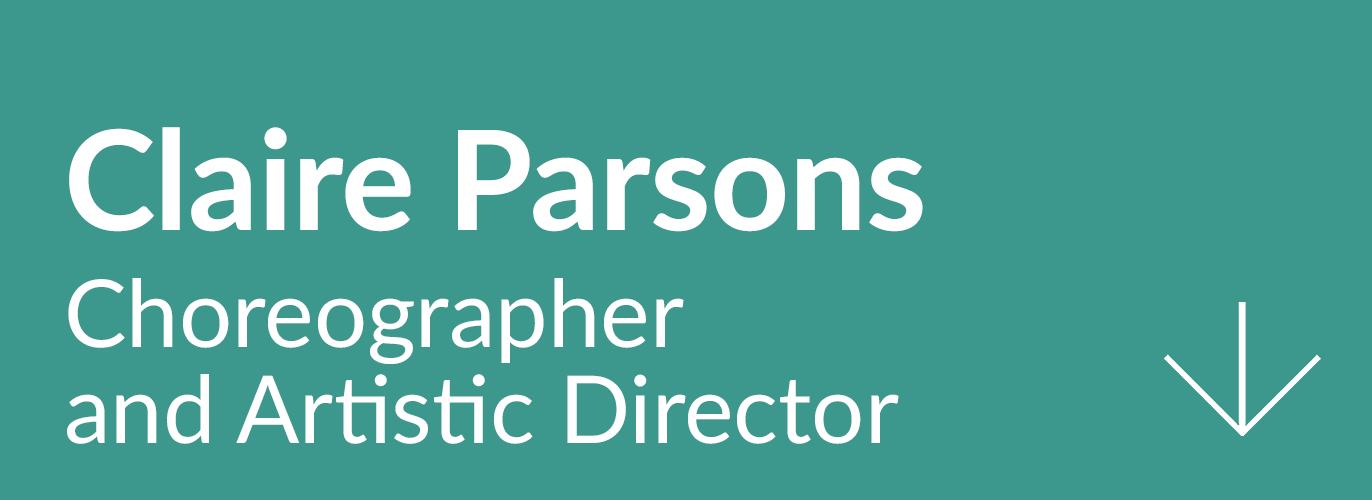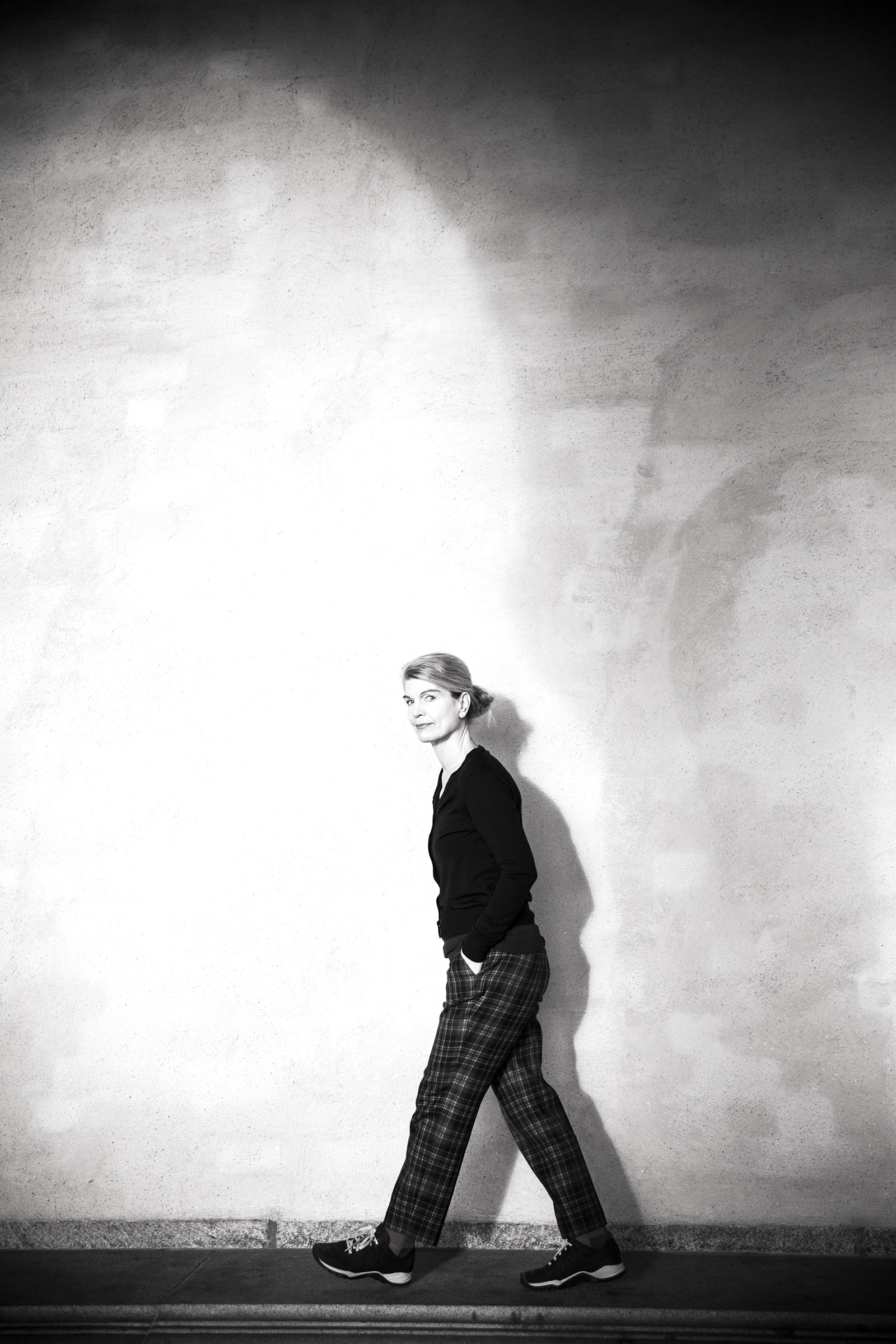
How did you become a choreographer?
-I have always loved to move. Of course! Everything based in movement interested me and I had parents who let my try gymnastics, rhythmic dance, juggling, high diving and movement. I joined a state-run Swedish Theater Group for youth (Vår Teater) at the age of 13 where a group of us danced, sang, performed stories and worked together with famous Swedish actors and actresses. I combined fear and shyness with a collective bravery in a group of boys and girls much older than me. I loved being a part of this collective arts group.
Tell us a little about your background?
-I was born in Stockholm to an eccentric English father and a CEO mother. At 16 I travelled and worked in California and later I got a master certificate at the University of California at Santa Cruz where I studied Theater Arts and Anthropolog. It dawned on me that I wanted to work with dance and performance art.
How did dance become your expression?
-I saw – actually experienced – a performance that was completely different from anything I had seen before. I experienced a performance by the European icon Pina Bausch. In Santa Cruz I co-founded a performance collective and a few years later I went back to Sweden to flex my stage muscles and develop artistic work on my own.
What inspires you?
-I am inspired by situations that delight, confound and are slightly amiss. That transform and surprise me and the audience. To present a place where everything seems to have equal value; space, music, dance and the individual. Immersive performances. Creating work for young audiences made me acknowledge how big a small person is. That is always inspiring.
Who inspires you?
-I am often inspired by artists from dazumal – the Bauhaus movement as well as Robert Rauschenberg’s combines, Pina Bausch and daring artists of today. Philosophers and social anthropologists.
What comes first for you – the story or the choreography?
-I see an image, a room with an action, an object, a situation. No story!
What are your thoughts on how to use the room/the space. Of music? Other art forms?
-The use of the space is so important! As well as all the other parts of the performance that in a polyphonic set-up. I am also inspired by neurodiversity where everything on stage is of equal value – in elements inviting the audience to experience and relate to. Interaktion and immersion are also big parts of our performance strategy.
Why is is perfomance art for children so important?
-A child is in my view wide open and wildly curious. A child is 100% engaged and interested in the self in relation to the world and its many details small and big. Children want to be, partake in and experience. An artistic experience is a mutual meeting between different worlds. A possibility that includes the child as well as the adult.





